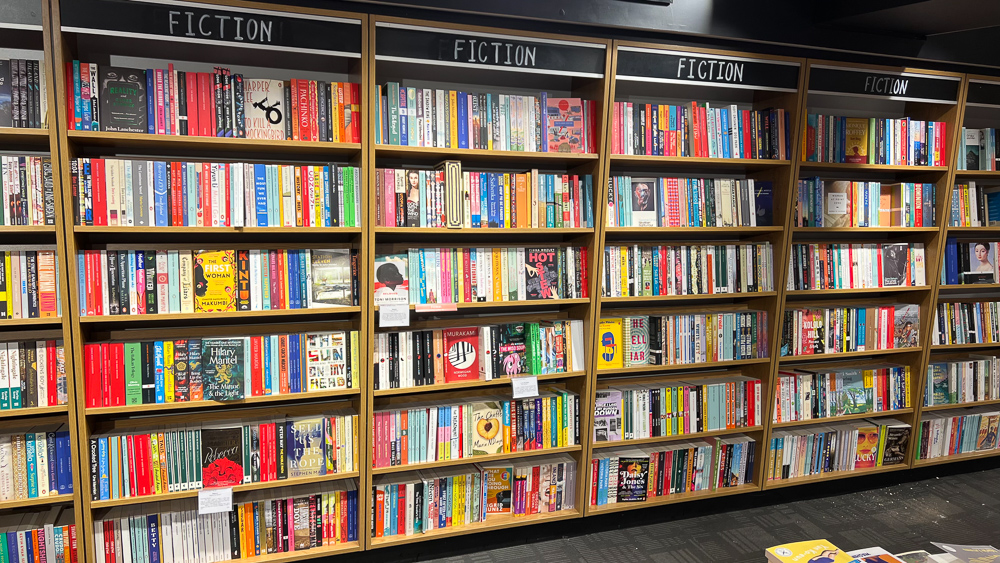I have been reading an interesting paper in which some researchers from the University of Oxford scanned the brains of people using fMRI while they were looking at paintings.
Now we have to be a little careful here. FMRI is a technique that shows which areas of the brain are most active, and there are correlations between brain regions and certain tasks that the brain carries out, but caution is needed before too many conclusions are drawn.
These paintings were by Rembrandt. Well, some of them were by the master, and some were what is known as ‘school of Rembrandt’. In the old days, famous artists would have students working for them, and it is quite hard to tell if a certain painting was by Rembrandt himself, or was by one of his students, or was a clever forgery. Experts have been busy authenticating these works, and many have been declared school of Rembrandt, which is annoying if you own one and it’s no longer worth tens of millions of pounds.
In these experiments, subjects were given some information about Rembrandt, and told that some of the paintings they were seeing would be genuine, and some not. If they were not told which was which, they couldn’t tell the difference. Their brain responses were pretty much the same. If they were told a picture was genuine or not, this did change their responses. For a fake, they seemed to be working hard examining the painting for clues to why it might not be genuine. For the real thing, they had some activity in the orbitofrontal cortex, a region associated with reward. The information they received changed their relationship with the painting. Authenticity – or, rather, knowledge of authenticity – matters.
In this case, the art object itself doesn’t contain within it all that is necessary for its full appreciation.
Now wine isn’t art, but it is subject to aesthetic appraisal. Similarly to a painting by a great master like Rembrandt, wine in itself doesn’t contain everything that is needed for it to fully be appreciated. If you have never drunk wine before, and you are given a glass of a great wine, you might enjoy it, but you won’t be able to appreciate it fully. Blind tasting is useful and important, but you can’t make a full aesthetic appraisal of a wine if you taste it blind. A great wine needs to be drunk sighted for it to be appreciated properly.
Going back to paintings: imagine you could reproduce a painting to the extent that a group of viewers couldn’t distinguish the genuine from the copy. If this information is withheld from them, and they believe that the copy is genuine, then they can make a full aesthetic appraisal of the copy, and appreciate it fully. But if they are told that it is a copy, or even that there is a 50/50 chance they are viewing the copy, suddenly they are no longer able to appreciate the picture before them fully. If you were to open a gallery consisting of perfect copies of famous works, would it be a success? No, because people value authenticity.
Wine needs to be authentic. We need to know where it has come from, and trust that it was made honestly. If you could synthesize a wine that is an exact copy of a famous wine to the degree that professionals couldn’t tell the difference, would you pay the same for the synthetic wine? No, it wouldn’t even be close in value. Authentic wine has a connection with a time and a place. There is more to wine that just the liquid in the glass.
7 Comments on Some more thoughts on authenticity in wine


well said
Ah, but it’s only when one gets found out that the disappointment kicks in. This is possibly a weakness in human nature and possibly a form of greed. That “Rembrandt” that was so evocative and beautiful last week is suddenly dull and ugly, right?
The experiment purports to show that beliefs about authenticity matter in this sense: they make a difference to appraisal of the stimulus, even holding fixed all of the object’s intrinsic features. I guess there are two ways to treat that result.
1. You can hold that the belief-mediated difference is something that happens after the relevant sort of aesthetic appraisal is done, so that the best way to get at that kind of appraisal that we really care about is to try to screen off such beliefs, eg, by carrying out our appraisals blind.
2. You can hold that the belief-mediated difference is something that is a bona fide part of appraisal — something that you do want your appraisal process to be responsive to. In this case you won’t want to screen off such beliefs, so you won’t want blind appraisals.
In your post you side strongly with 2. I suggest that the experimental result, by itself, doesn’t force that decision on us — it shows that there’s a difference, but leaves it to us to decide whether the difference is a difference we care about. As far as I can tell, many of the arguments about the importance/irrelevance of blind tasting come down to a dispute about that decision.
For what it’s worth, my own view is that there’s no good reason to make a global decision about this — rather, that tasters/appreciaters should make the decision on a case by case basis, depending on just what it is they are trying to pick up on in the particular case at hand. Taste early, taste often (and, in particular, taste blind, and taste sighted), I say….
I don’t think he really understands how silly his point is. If I taste 2 wines and they taste
Identical, why should I pay more for 1 simply because of it’s provenance? This demonstrates
a weakness of human reasoning. I understand pride of ownership when it comes to a painting even if the owner can’t tell it from a fake but that doesn’t mean it makes sense.
It’s like claiming a handkerchief owned by Elvis is worth $1000 while an identical one is
worth $2. I understand the human nature involved but a lot of human nature doesn’t make sense. Our emotions rule us for better and worse.
I really don’t understand how the provenance of a wine should have anything to do with how it is judged.Sure it’s all good fun but I’m yet to be convinced why all wine shouldn’t be tasted blind.
How about the pen that was used to sign the Treaty of Versailles? (for example) Why is it worth so much more than all the other identical pens, which are in fact not fakes or imitations at all, but just as authentic!! Go figure! I don’t think I’ll ever understand human reasoning 🙂
But getting back to wine, I’ve noticed that many wine-drinkers just don’t care about ‘authenticity’ or about how the grapes/wine were actually grown/made; as long as the wine tastes good (or even better, delicious) that’s all that matters for them.
” If this information is withheld from them, and they believe that the copy is genuine, then they can make a full aesthetic appraisal of the copy, and appreciate it fully. But if they are told that it is a copy, or even that there is a 50/50 chance they are viewing the copy, suddenly they are no longer able to appreciate the picture before them fully.”
So relevant to me, as a server of wine by the glass I constantly get locked into a fault detection mode and struggle to appreciate the qualities of the wine.